When we speak of wealth and compare assets for building wealth, we often fixate on the return on investment. What’s the annual return? What’s the IRR? While the wealthy do focus on the return ON investment, they also focus on the return OF investment – the speed at which they can receive a return of their capital. Why is this important? Let me explain.
The secret is that the wealthy gravitate towards assets that not only offer above-market returns but are also insulated from Wall Street volatility. That’s why they favor private assets like commercial real estate (CRE) and private company investments (i.e., private equity) that not only appreciate over time but that generate cash flow during the hold period.
The wealthy are fixated on cash flow because it’s their key to wealth and financial independence. If they can generate enough passive income to replace their work income, they can never have to feel dependent or tied to their work again and have the freedom to walk away if they choose. That’s the definition of financial independence, which we all covet.
Because the wealthy are focused on cash flow, it’s logical that they would also be interested in accelerating the financial independence timeline by creating multiple streams of passive income. The sooner they can replace their work income, the sooner they can achieve financial independence. Who wouldn’t want that?
That’s where the concept of the velocity of money comes in. When investing, investors focus almost entirely on the return on investment and completely ignore the concept of the return of investment. According to Jay Vasantharajah – The Velocity of Money in Investing (June 13, 2021), a high ROI is great, but what if you could achieve the same ROI in half the time? You could double your total return by reinvesting the capital in the same investment.
This is the foundation of the concept of the velocity of money. With the velocity of money, you’re shifting the focus from how much of a return you’ll receive on investment to how soon you can receive a return on your investment.
Why is this important? Because once you receive a return of your original investment, you can immediately put it to work to generate a whole other stream of passive income and accelerate your timeline for achieving financial independence.
The velocity of money concept is the idea that the sooner you achieve a return on your investment, the sooner you can reinvest that money to compound your wealth to generate exponential returns. It’s taking the idea of compounding to a whole other level. By leveraging assets that offer the opportunity to receive a rapid capital return (high capital velocity), investors can accelerate exponential wealth.
Consider two investments with the same initial capital outlay of $100,000:
- Investment #1 offers a return of capital within 12 months.
- Investment #2 offers a return of capital within 24 months.
After 12 months, Investment #1 will have returned $100,000 of your original capital, which you can put into another investment similar to Investment #1 (Investment #1.5). Between months 12 and 24, Investment #1 is continuing to generate $100,000 per year, while Investment #1.5 is also now generating $100,000, which brings the total return from the original investment in Investment #1 to $300,000. Meanwhile, Investment #2 will have generated only $100,000 of returns. The gap between Investment #1 and Investment #2 will get exponentially wider as time goes on.
The velocity of capital is why commercial real estate (CRE) is valued by the wealthy – especially value-add CRE that facilitates cash-out refi’s that dramatically close the return of capital gap.
Here’s how the velocity of capital works:
Suppose you buy a commercial property for $1M with value-add opportunities. You put $200k of your own capital down and finance the rest. You put another $200k of your own cash into renovations, putting your total capital commitment at $400k. For simplicity, let’s assume a cap rate of 10%.
The expected average annual return on that rate would be $100,000, which means it would take four years to earn a return of your original capital of $400,000. Now, you could wait patiently to accumulate enough cash flow from operations to earn a return of your capital to put into another similar investment with $400,000, or you could do something else.
You could accelerate the timeline by leveraging the value-add in the property.
After renovations and implementing management efficiencies that improve rental rates and reduce vacancies, the property’s value has increased to $1.5M. What if you refinanced your original $800,000 mortgage to a $1.2M mortgage and cash out the difference of $400k?
You now have a return of your entire cash investment of $400k much quicker, and you still own the property. You can deploy that $400k to acquire another property, and you don’t have to wait four years in this refinance scenario.
To leverage the velocity of money principle and accelerate exponential wealth, investors should think of money as three-dimensional and not linear by focusing less on return ON investment and more on return OF investment. Instead of asking how much you can make from $100,000, you should be asking how fast you can make that $100,000 back to put it into another investment that will make you $100,000 while the first investment is still at work.
The velocity of money allows you to continue to enjoy the cash flow, appreciation, and tax benefits of your original investment while being free to reinvest your return of capital into another property. Instead of a straight line of returns, you can create multiple branches of return, creating a tree of wealth.
Nobody wants to wait until they’re too old to start enjoying life. The velocity of money will get you to your destination sooner and more securely.
Creating multiple income streams is the key to achieving financial independence, and the velocity of money is the engine that will get you there.





